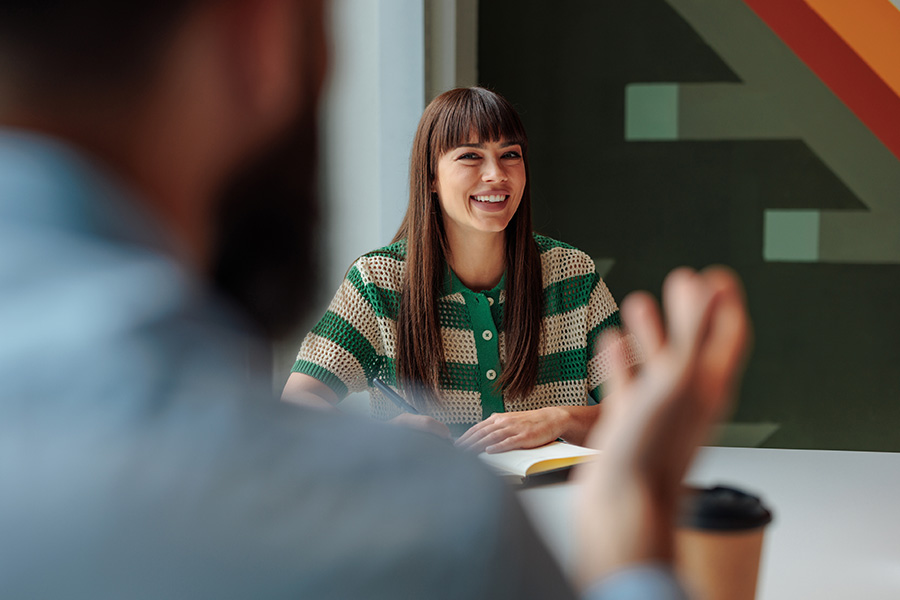
Across Canada, optometry practices—especially those outside major cities—are facing growing challenges in attracting new graduates and retaining optometry associates. As patient demand rises and competition for talent intensifies, independent clinics must think beyond job postings and salaries. Successful optometry recruitment strategies now depend on a longer game, one built on mentorship, early relationships, and a genuine investment in the next generation.
At Optometrists on Broadway in Tillsonburg, Ontario, that long game is already paying off. Clinic owner and OSI Member Dr. Matthew Michniewicz has made recruitment a deliberate, ongoing process that starts well before graduation and continues long after a new optometrist sees their first patient. His novel approach for recruiting new optometrists offers a model for how independent clinics can turn hiring challenges into opportunities for sustainable growth.
Early Contact Shapes Career Decisions
When developing an optometry recruitment pipeline, one of the biggest mistakes practices make is waiting too long to engage with prospects. By the time a new grad is looking for their first job, their opinions about practice settings, and the relationships that influence those decisions, are often already formed.
“It’s about being aware of who in the local area is potentially a student aiming for the program and then trying to find them and have discussions with them before they actually graduate,” says Dr. Michniewicz. “Ideally, you’re preparing to onboard them with a waitlist of patients and showing them the commitment you have to their success.”
Maintaining dialogue throughout their education creates familiarity—and familiarity builds loyalty. What’s more, these early relationships have a ripple effect. “Talk with them about whether they have any friends who are going into the program behind them or ahead of them,” he suggests. “That student network is strong, and if you’re connected with one of them, you can often connect with others who might be interested in working in your clinic, too.”
Supporting Young Optometrists With Structured Onboarding
Recruitment doesn’t stop at hiring. The early weeks on the job are where new graduates decide whether a clinic is the right long-term fit. A clear, hands-on approach to onboarding optometry graduates helps make that decision easier.
When integrating new associates, Optometrists on Broadway invites them into the clinic ahead of their start date to meet the team, get comfortable in the space, and set up their exam rooms the way they prefer—chair height, slit lamp positioning, and access to diagnostic tools like OCT and retinal imaging.
“We bring them in ahead of time to introduce them to all the staff and let them get a feel for the office,” says Dr. Michniewicz. “They can make changes to their exam room, try out the diagnostic equipment, and imagine what their day will look like before they even begin.”
Once they’re on the schedule, support continues. Patient volume builds gradually, and senior clinicians stay available for case discussions and questions. Over the first few months, this consistency helps new grads build confidence while settling into the clinic’s rhythm.
Mentorship is a Pipeline, Not a Perk
The same support that helps new hires succeed also attracts future ones. At Optometrists on Broadway, students get firsthand access to the clinic’s work and the people behind it—long before career decisions are made. This familiarity often leads them back to the practice that shaped them, and plays a key role in retaining optometry associates.
“Mentorship in independent practice is probably your best opportunity to find potential associates for the future,” says Dr. Michniewicz. “If they have a good experience in your office as students, you often have a perfect lead on the next member of your team.”
This philosophy extends beyond formal optometry mentorship programs. It includes offering shadowing opportunities to undergrads fulfilling prerequisites, inviting current optometry students to work in the clinic over the summer, and guiding externs through real-world cases.
Students who might not have considered rural practice often reassess after spending time in a supportive environment. They see the professional challenges, the pace of clinical growth, and the impact their work can have.
Long-Term Optometry Workforce Planning: Thinking in Years, Not Weeks
Effective rural optometry recruitment is a continuous, long-term investment. “It does take some digging in your local community to find who might be a good prospect,” says Dr. Michniewicz. “You have to start this process early because you’re developing a relationship that might only come to fruition several years down the road.”
This long view includes building patient waitlists that make a new hire’s first months productive and staying in touch with students even after they move away for school. It also means accepting that not every student you mentor will return—but those who do will come equipped with loyalty and enthusiasm for the work.
Recruiting Optometrists: What Clinic Owners Can Do Now
Taken together, the strategies used at Optometrists on Broadway reflect a simple but consistent pattern: reach students before they’ve made up their minds, stay in touch while they’re training, and give them something real to come back to.
Good practice management in optometry is about making the clinic’s value visible—so future clinicians understand what they can expect, and what they can grow into, if they choose to join you. To recap:
- Reach out to local undergrads. Students in science or health programs often have optometry in their sights long before they apply. Connecting early—through career events, job boards, or community ties—can open doors before decisions are made. For OSI Members, resources like Job Connect and student outreach channels offer simple ways to stay visible.
- Offer low-commitment entry points. Shadowing days, summer jobs, and casual mentorship conversations go a long way in shaping how students view independent practice. You don’t need a formal program to get started. Participation in OSI events or webinars can also help keep your clinic on students’ radar while supporting the wider profession.
- Stay visible once they leave for school. A short check-in during winter break or a note of encouragement during exams can help maintain momentum. Relationships fade quickly without a reminder that the door is still open.
- Show what sets your clinic apart. Whether it’s the pace of patient care, the team dynamic, or showcasing the clinic culture and technology you’ve invested in, give students a clear picture of what working in your practice would actually look like.
- Make mentorship part of the culture. Students pay attention to how a clinic supports its clinicians. A practice where questions are welcomed and new grads are given room to grow sends a strong message about long-term support.
Securing the Future of Independent Optometry
“When you bring in a new associate, they’re putting a lot of trust in your office,” says Dr. Michniewicz. “They’re trusting that you’ll help them build their patient base, support their growth, and provide the resources they need to practice to their full potential.”
Trust becomes the throughline of a young clinician’s early career. With mentorship that remains consistent and a structure that makes expectations clear, new graduates gain the footing they need to build confidence in their work and in their choice of practice.
At Optometrists on Broadway, this support is embedded in how the clinic operates. Each new hire arrives with relationships already forming and a sense that their growth matters. It’s a model for strengthening independent optometry—one associate, one career, and one community at a time.
What could a sustainable recruitment plan look like for your clinic? Let’s review your current strategy and identify opportunities to attract, onboard, and retain the next generation of optometrists.
Connect with our team to get started at info@opto.com.
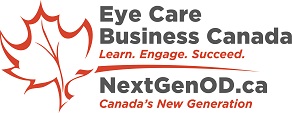




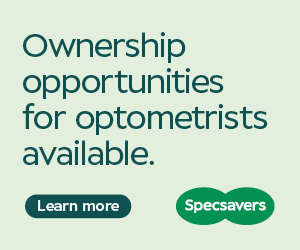





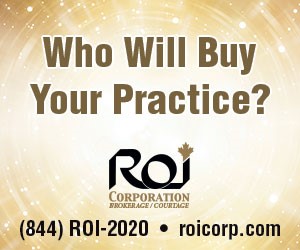



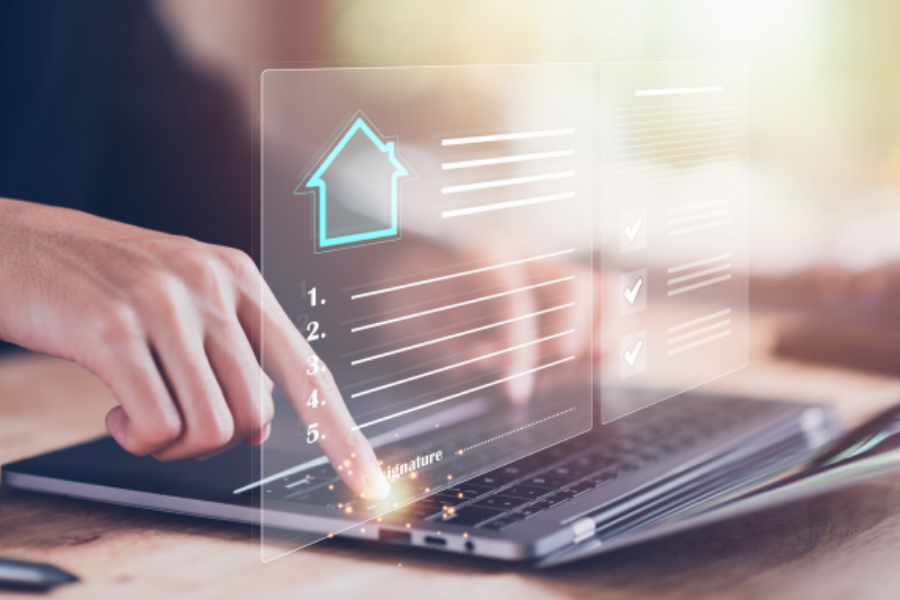
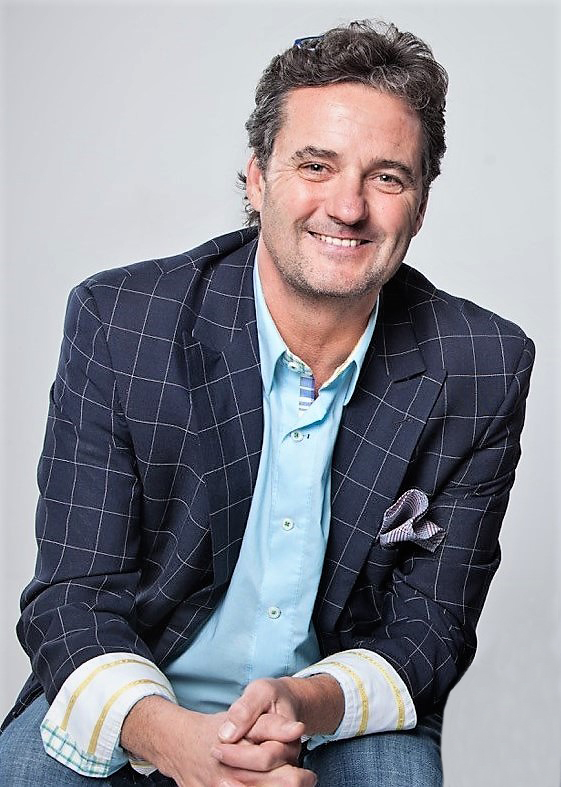

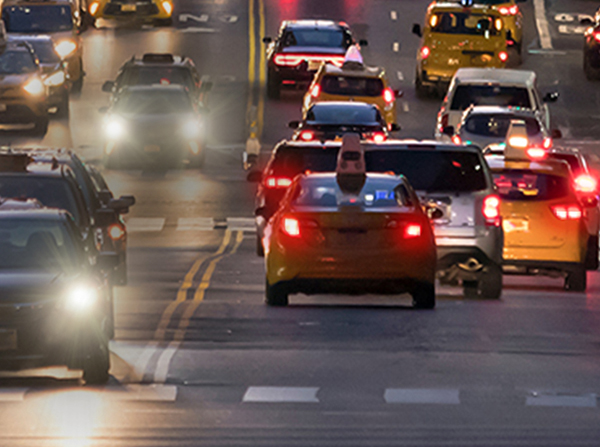



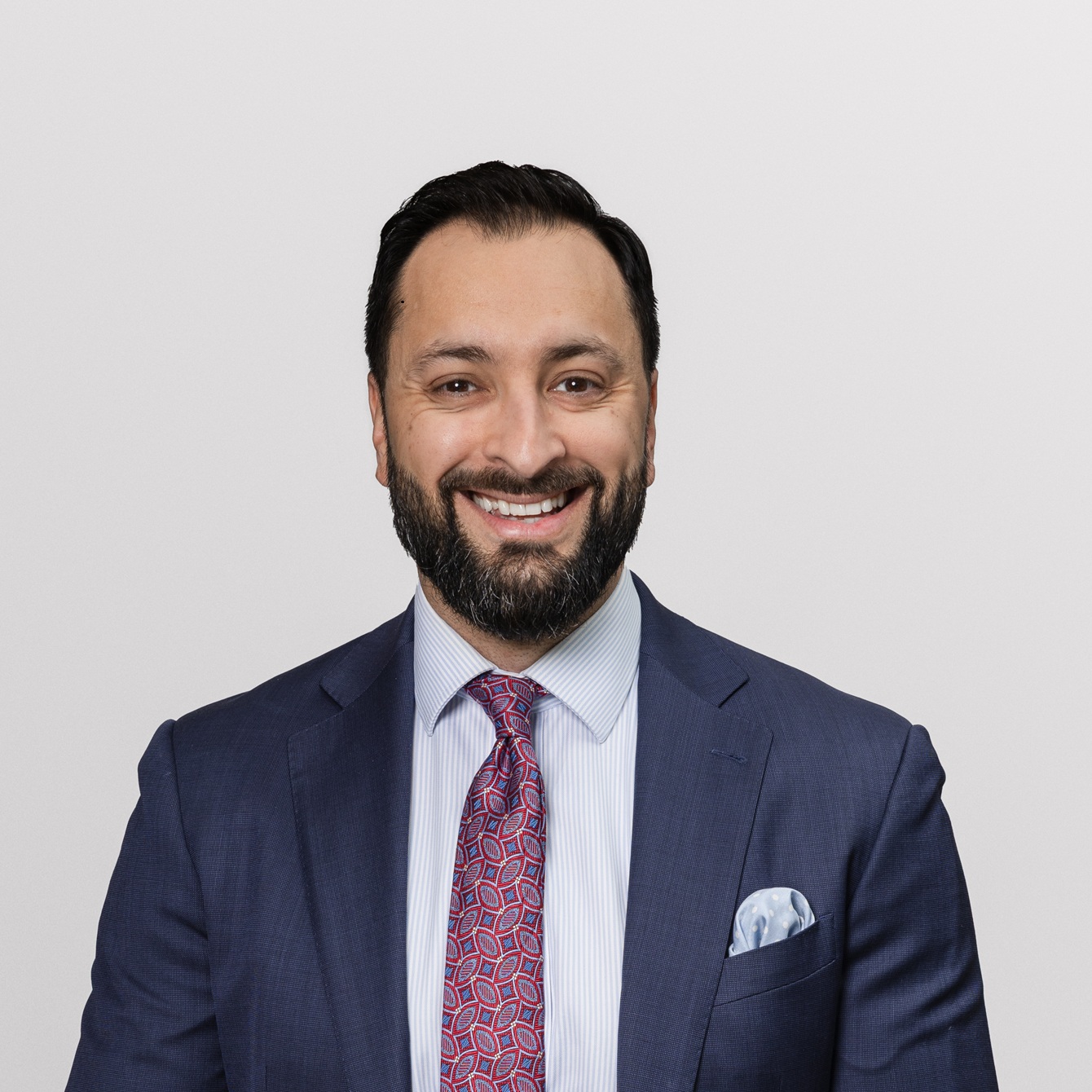
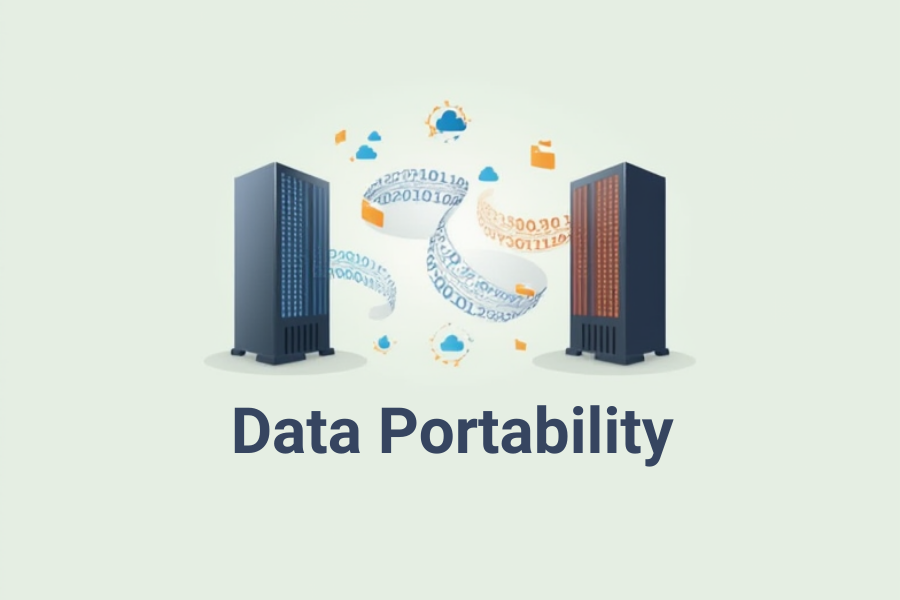
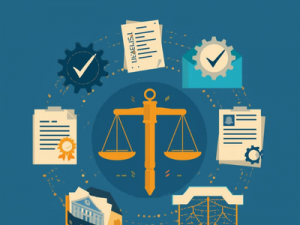 Optometrists must take into account Canadian legislation and provincial requirements when it comes to data portability. Each province has laws that govern personal health information (PHI). These laws require that PHI remain confidential, accurate, and secure—even when transferring data between EMR systems.
Optometrists must take into account Canadian legislation and provincial requirements when it comes to data portability. Each province has laws that govern personal health information (PHI). These laws require that PHI remain confidential, accurate, and secure—even when transferring data between EMR systems.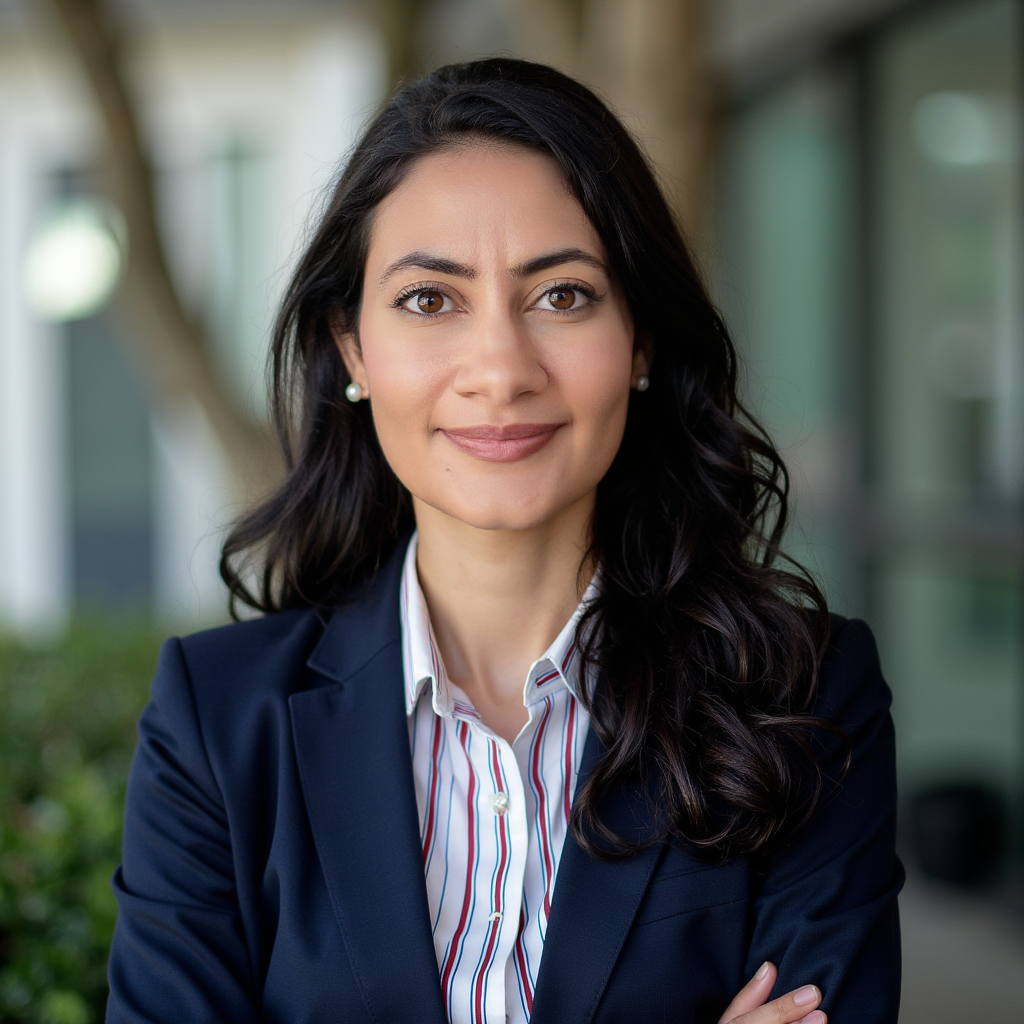



 Check out the
Check out the 



